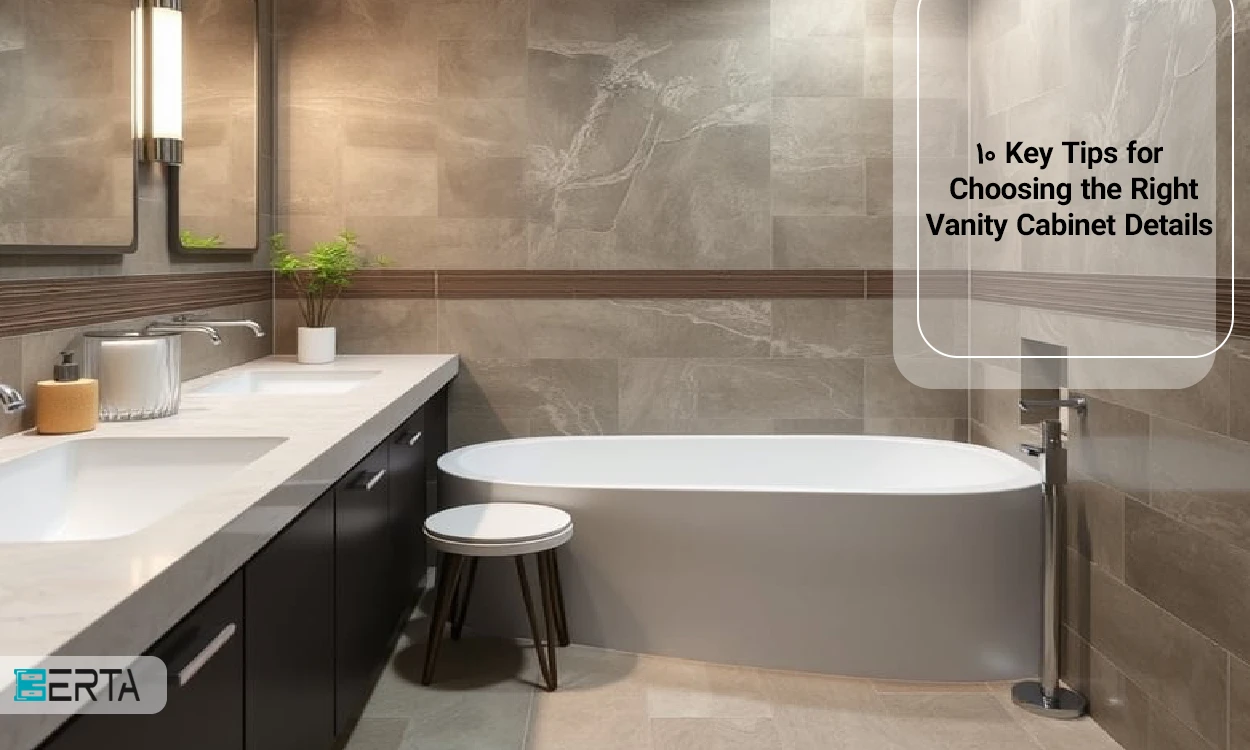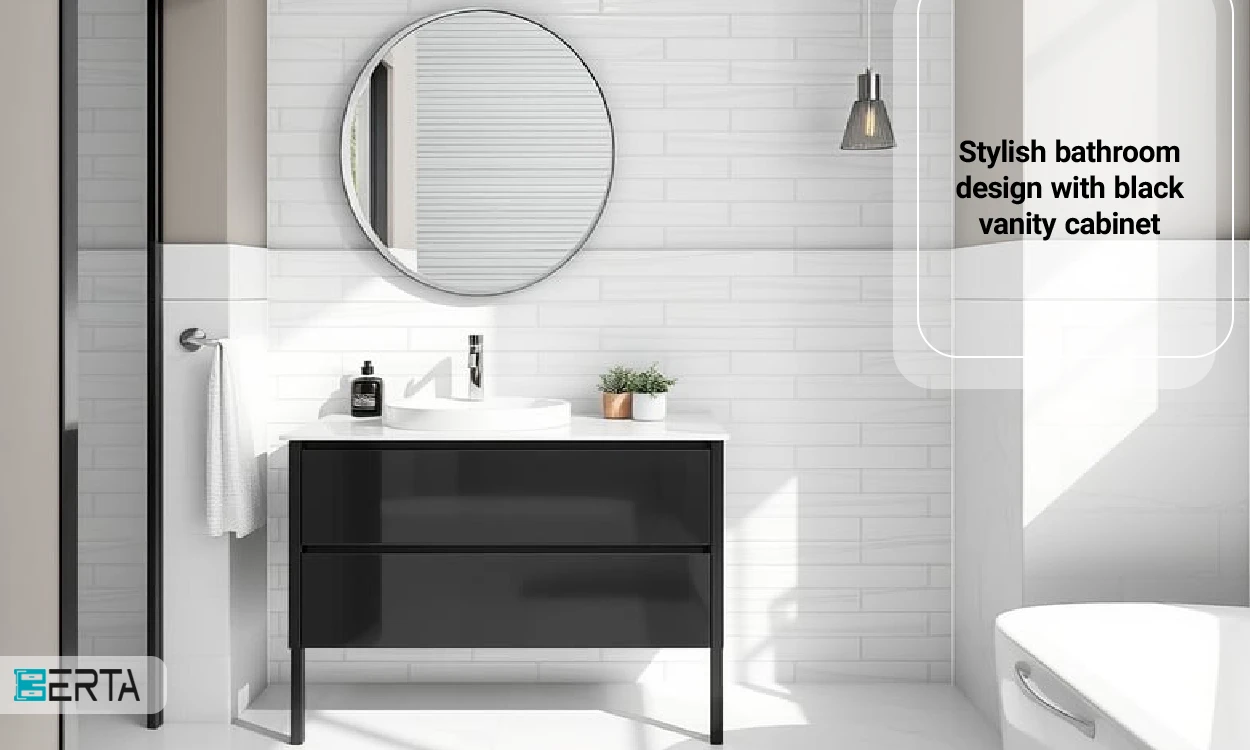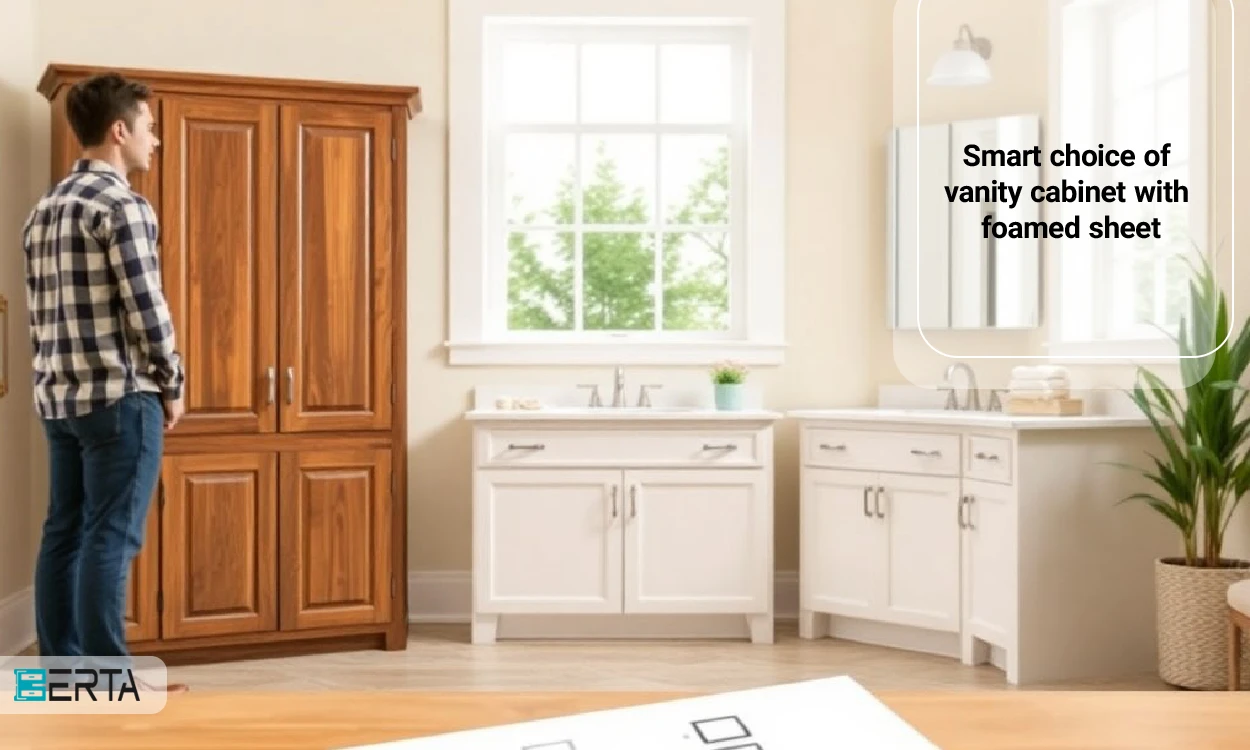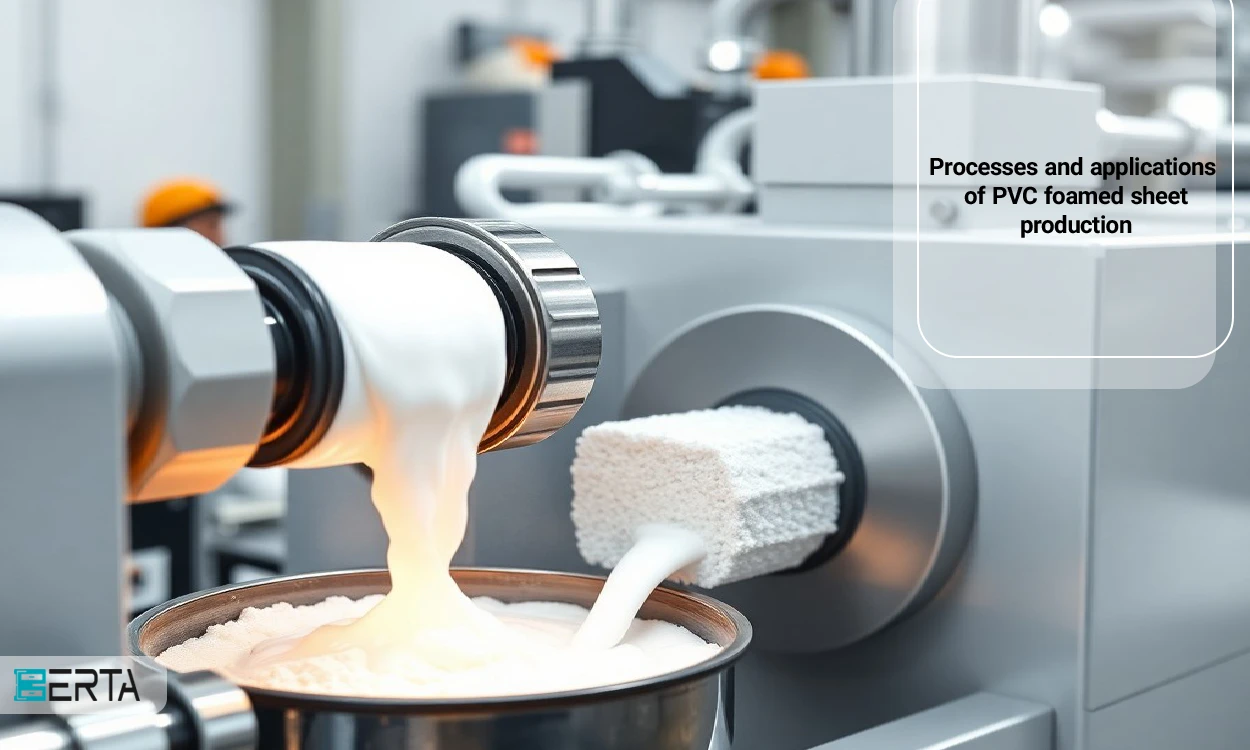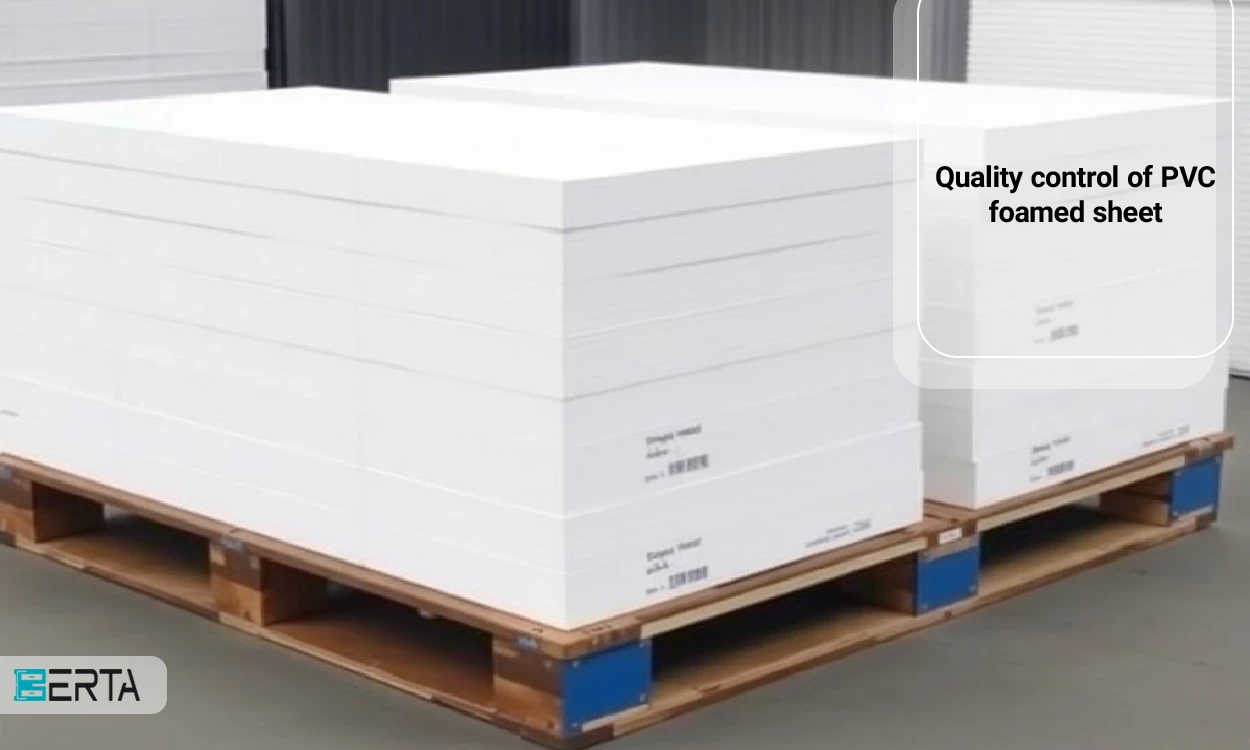Washing hands is very important in Iranian culture and Islamic laws. In the past, houses had a stone or bowl for washing hands. With the advancement of technology, different wardrobes with practical designs entered the market and became a part of interior decoration. In this article, we discuss the history and evolution of the vanity cabinet in Iran and the world.
The evolution of the vanity cabinet throughout history
The history of vanity cabinets goes back to the past and ancient civilizations, where the importance of hygiene and beauty were the main priorities. Although the modern vanity cabinet did not exist at that time, the roots of this idea can be seen in the use of storage spaces for washing and sanitary items. This historical process can be divided into several important periods, each of which had its effects on the design and use of the vanity cabinet:
Ancient civilizations (around 3000 BC)
In ancient civilizations, people used stone vessels to wash hands and dishes. These stone vessels were usually placed on wooden or stone bases, somewhat similar to modern vanity cabinets. At that time, the importance of hygiene and cleanliness was well understood. These bases not only served as dish holders but were also the first examples of vanity cabinets that provided easy access to washing tools.
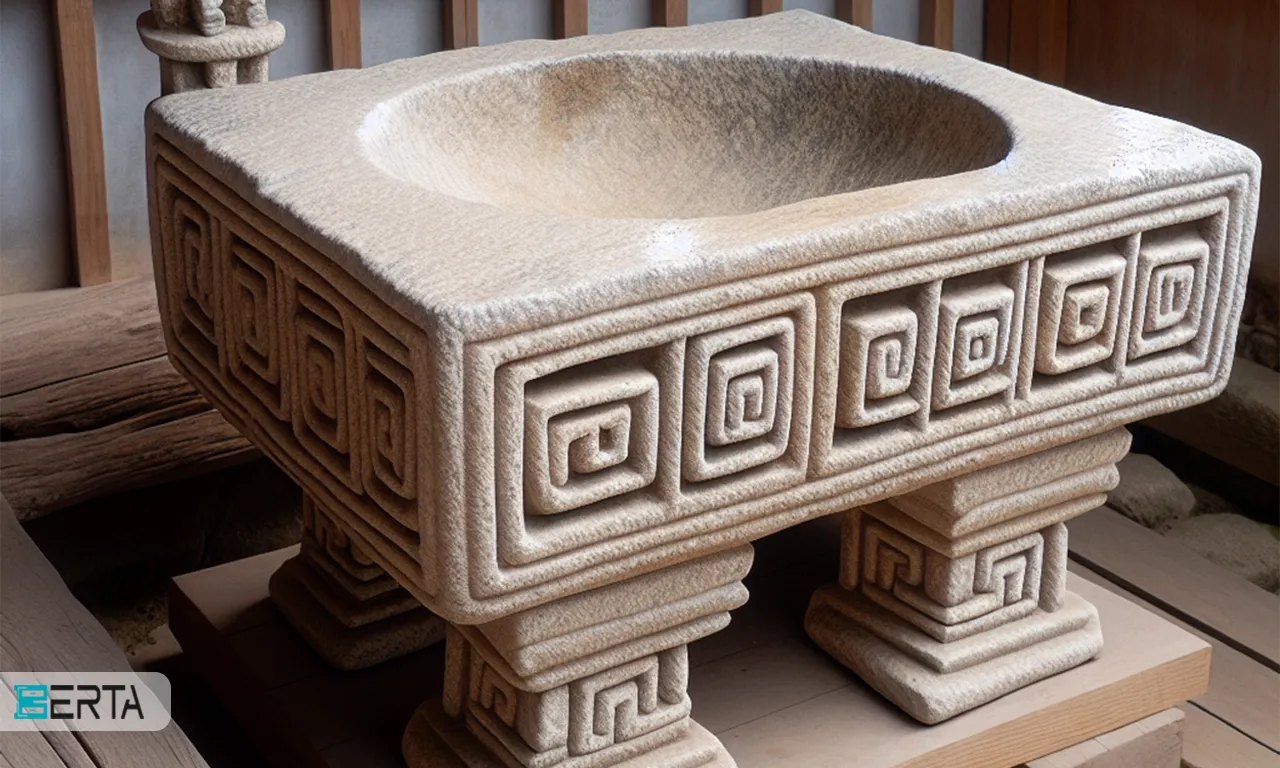
Renaissance era (14th to 17th century AD)
Renaissance is a period of European history that lasted from the 14th to the 17th century and is known as a period of cultural, artistic, scientific, and intellectual revival. During the Renaissance period, the use of washcloths was mostly limited to the nobles and the rich. This class of society attached great importance to beauty and luxury in their lives, and this issue was seen in the making of the tools they used. They used inlaid wooden bases that were made by hand. These bases sometimes had drawers or shelves for storing sanitary items. In this era, the use of artistic motifs in making these items was a sign of people's wealth and social status. This evolutionary process was the basis for the formation of modern vanity cabinets that are used in our homes today.
Industrial era (19th century AD)
Entering the industrial age and the 19th century, access to new materials and advanced technologies made it possible to design and build a vanity with more storage space. This period saw the advent of indoor plumbing and improvements in public sanitation, which made the use of toilets more common in homes. In this era, vanity became an essential part of everyday life, bringing not only efficiency but also hygiene and better organization of affairs.
Contemporary era (20th and 21st centuries AD)
In the contemporary era, diversity in design and the use of advanced technologies have made it possible to customize vanities. From the use of durable materials such as marble and high-quality wood to the addition of smart features such as anti-steam mirrors and LED lighting, everyone has contributed to the beauty of the space. Vanity cabinets have deep roots in history, which shows the evolution of the human need for beauty, efficiency, and comfort in living spaces.
The emergence of the vanity cabinet in Iran
old time
In the old days, vanities were used in a simple form without cabinets. These latrines were usually made of stone or metal and placed in the yard or open space. In this period, it was not customary to use the vanity cabinet as it is today and it was mostly seen as simple structures. The washbasins of that time were often in the form of a carved stone or metal dish that was placed on a simple base. These bases were usually made of wood or stone and their only purpose was to keep and use the washing container more easily. Due to the limitations of technology and materials, these toilets were very simple and basic, but they still played an important role in people's hygiene and cleanliness. During this time, piped water was not available and people had to use natural water sources such as wells. and fountains. Therefore, toilets were placed near these water sources to make it easy to access water for washing and cleaning.
58624.webp)
Qajar and Pahlavi era (1210 to 1357s)
With the arrival of European architectural styles to Iran during the Qajar and Pahlavi periods, there were significant changes in the interior decoration of Iranian houses. During this period, the use of washing sinks with classic designs increased a lot. These vanities, which were often located in the luxurious bathrooms of the noble houses of the society, were considered a symbol of luxury and prosperity. The vanities of this period also had a significant impact on the culture and lifestyle of the people and showed the acceptance and integration of modern elements with Iranian traditions. Over time, these styles gradually spread among different classes of society and became one of the distinctive features of the interior decoration of Iranian homes. The classic Qajar and Pahlavi period washstands are still recognized as a symbol of beauty and originality in Iran's interior architecture and are an inspiration for today's modern designs.
Contemporary era (1350s and 1360s)
In the 1340s and 1350s (1960s and 1970s) with the expansion of apartment living and the increasing need to optimize spaces, wardrobes entered more and more Iranian homes. In this period, wooden vanity cabinets with simple and practical designs were released to the market, which was quickly welcomed due to their high use and ability to store sanitary and cosmetic items. Using resistant materials and modern designs, these cabinets were able to respond well to the new needs of Iranian families. With the entry of these cabinets into the market, important changes were made in the interior decoration of Iranian homes, and they gradually found a special place in Iranian homes and became a symbol of modernity and efficiency. This era can be considered a turning point in the history of interior decoration in Iran because, with the arrival of vanity cabinets, the bathroom space became more practical and beautiful. These changes continued and their effects can be seen in today's modern designs.
modern era (recent decades)
In recent decades, with the significant growth of the interior decoration industry and the increase in diversity in materials and design, modern vanity cabinets have become one of the main and essential components of bathroom and toilet decoration. These vanity cabinets are produced using different materials such as PVC, wood, and artificial stones, each of which has its characteristics and advantages. Modern vanity cabinets with various stylish designs are easily coordinated with different styles of interior decoration and contribute to the beauty and efficiency of the bathroom space. In addition, the use of new technologies such as LED lighting systems, sliding shelves, and anti-steam mirrors have also added to the attractiveness of these vanity cabinets. In this era, attention has been paid to the details and quality of making the vanity cabinet. These changes and innovations show the progress and continuous progress in Iran's interior decoration industry, which continues and make our lives more beautiful and comfortable every day with new ideas and designs.
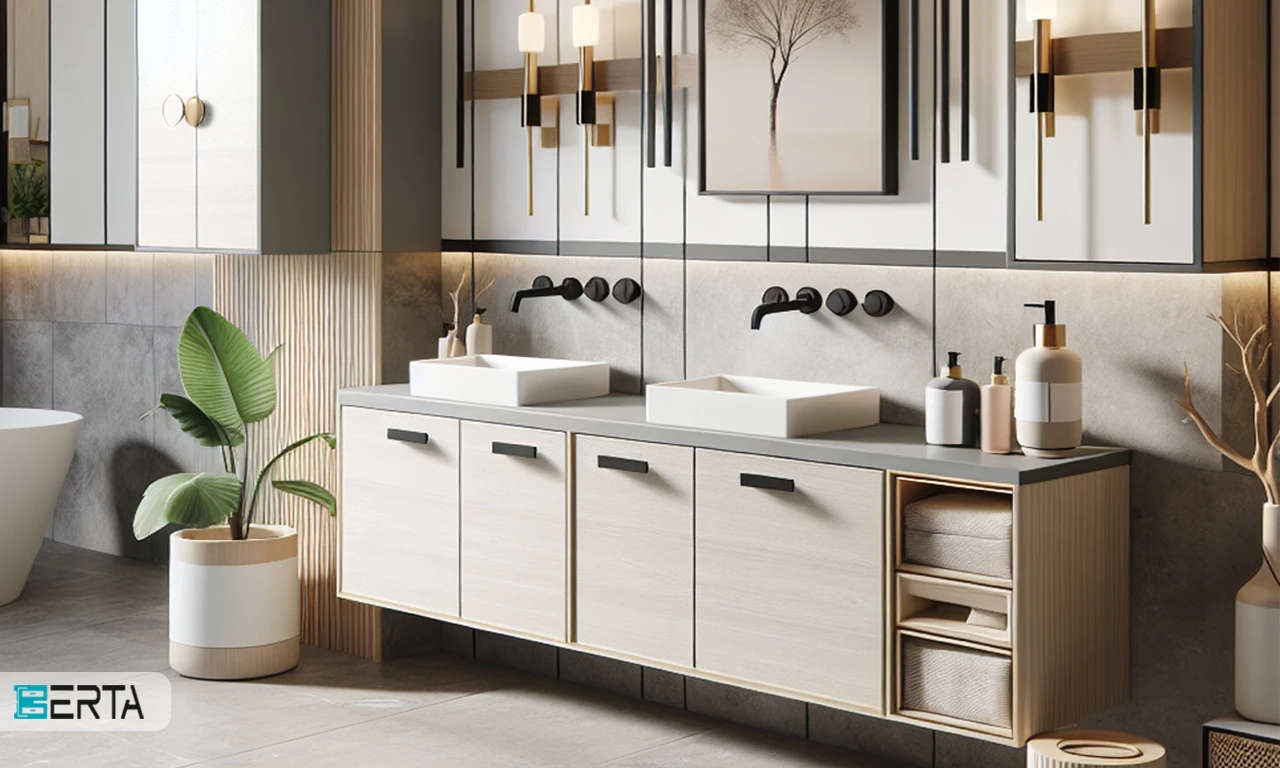
The influence of culture on the design of the vanity cabinet
1- The material of the vanity cabinet
Eastern cultures: In countries such as Japan and Korea, the use of natural materials in the design of vanity cabinets is very common. Bamboo wood and stone are among the materials that are used abundantly in these cultures. The choice of these materials is not only because of their beauty and durability but also express deep cultural values such as harmony with nature and simplicity. These vanity cabinets with minimal designs and the use of local materials give the space a feeling of peace and closeness to nature.
Western cultures: In Europe and America, the use of industrial materials in the design of vanity cabinets is very common. Glass and stainless steel are among the materials that are very popular because of their stylish appearance and functionality. These choices show a desire for modern aesthetics, functionality, and innovation. Vanity cabinets made of these materials with stylish and smooth designs give a modern and luxurious effect to the space and harmonize with contemporary decoration styles.
2- Vanity cabinet design
Eastern cultures: in the design of the oriental vanity cabinet, it is very important to pay attention to details and balance. The use of simple lines and minimalistic designs in compliance with the principles of traditional aesthetics are among the salient features of this vanity cabinet. These designs are generally such that they bring a sense of peace and balance to the space and harmonize with nature and the surrounding environment.
Western Cultures: Western vanity cabinet design focuses on modern aesthetics and innovation. The use of complex designs shows the desire to create stylish and efficient spaces. These vanity cabinets often have special features such as LED lighting, smart systems, and ergonomic designs that help increase product efficiency.
Experience modern life with the Berta vanity cabinet
Due to the use of high-quality materials and advanced technologies, Berta vanity cabinet products not only have a beautiful and modern appearance but are also highly desirable in terms of efficiency and durability. These vanity cabinets are designed in such a way that they are resistant to moisture and water, and for this reason, they have a longer lifespan. From minimal and modern designs to classic and luxury designs. The Berta collection offers suitable vanity cabinets for every taste and need, and this diversity in design allows you to choose the vanity you want based on the interior decoration of your home and give a different effect to the bathroom space. Excuse your toilet.
Click now to view the latest Berta vanity cabinet products experience unique beauty and functionality and bring a world of stylish and modern designs to your home.
Conclusion
As a key element in the living space, the vanity cabinet not only meets our health and beauty needs but also reflects the rich history and cultural evolution of mankind. From ancient times, which started with the use of stone bases and simple clay vessels, to the modern era, where we see complex and practical designs with new technologies. This key element, while increasing the efficiency and beauty of residential spaces, shows how different cultures and eras have influenced its design and use throughout history. This evolution shows the human effort to improve health conditions and beautify the living environment.




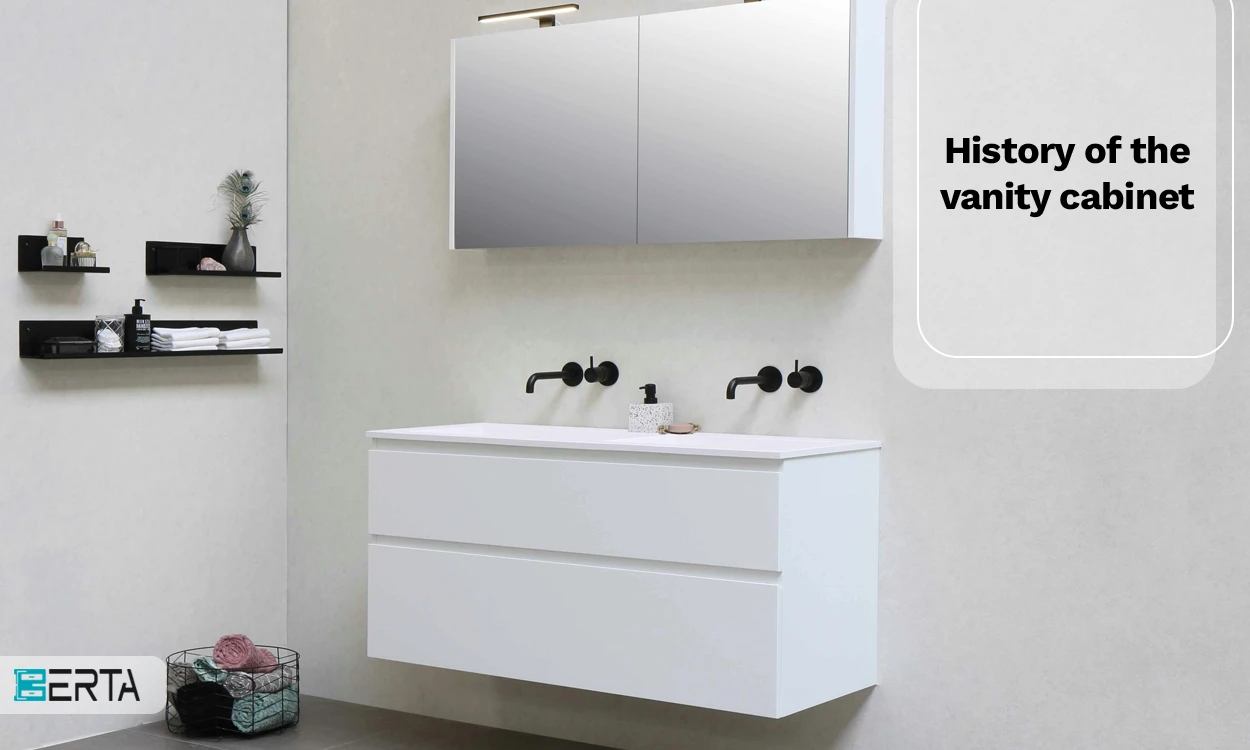
17938.jpg)
 Whatsapp
Whatsapp  Telegram
Telegram 

